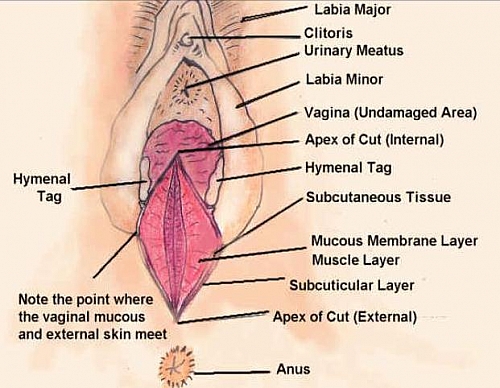
Drink plenty of fluids and eat high-fiber foods, such as fruits, vegetables, beans and whole-grain cereals. This is especially important after having a baby. These exercises can strengthen pelvic floor muscles. To help keep posterior vaginal prolapse from getting worse, you might try to: Extra body weight places stress on pelvic floor tissues. Growing older causes loss of muscle mass, elasticity and nerve function, which causes muscles to stretch or weaken. Operative vaginal deliveries, and forceps specifically, increase the risk of developing this condition.

Tears in the tissue between the vaginal opening and anus (perineal tears) or cuts that make the opening of the vagina bigger (episiotomies) during childbirth might also increase risk. Having vaginally delivered more than one child increases the risk of developing posterior vaginal prolapse. This makes them naturally more likely to develop posterior vaginal prolapse. Some people are born with weaker connective tissues in the pelvic area. However, the following might increase the risk: Risk factorsĪnyone with a vagina can develop posterior vaginal prolapse. But you still could develop the condition. If you've only had cesarean deliveries, you're less likely to develop posterior vaginal prolapse. The more pregnancies you have, the greater your chance of developing posterior vaginal prolapse. This can make those tissues weaker and less supportive. The muscles, ligaments and connective tissue that support the vagina stretch during pregnancy, labor and delivery. Long-lasting constipation or straining with bowel movements.Forceps or operative vaginal deliveries.Causes of increased pelvic floor pressure include:

Posterior vaginal prolapse results from pressure on the pelvic floor or trauma.


 0 kommentar(er)
0 kommentar(er)
